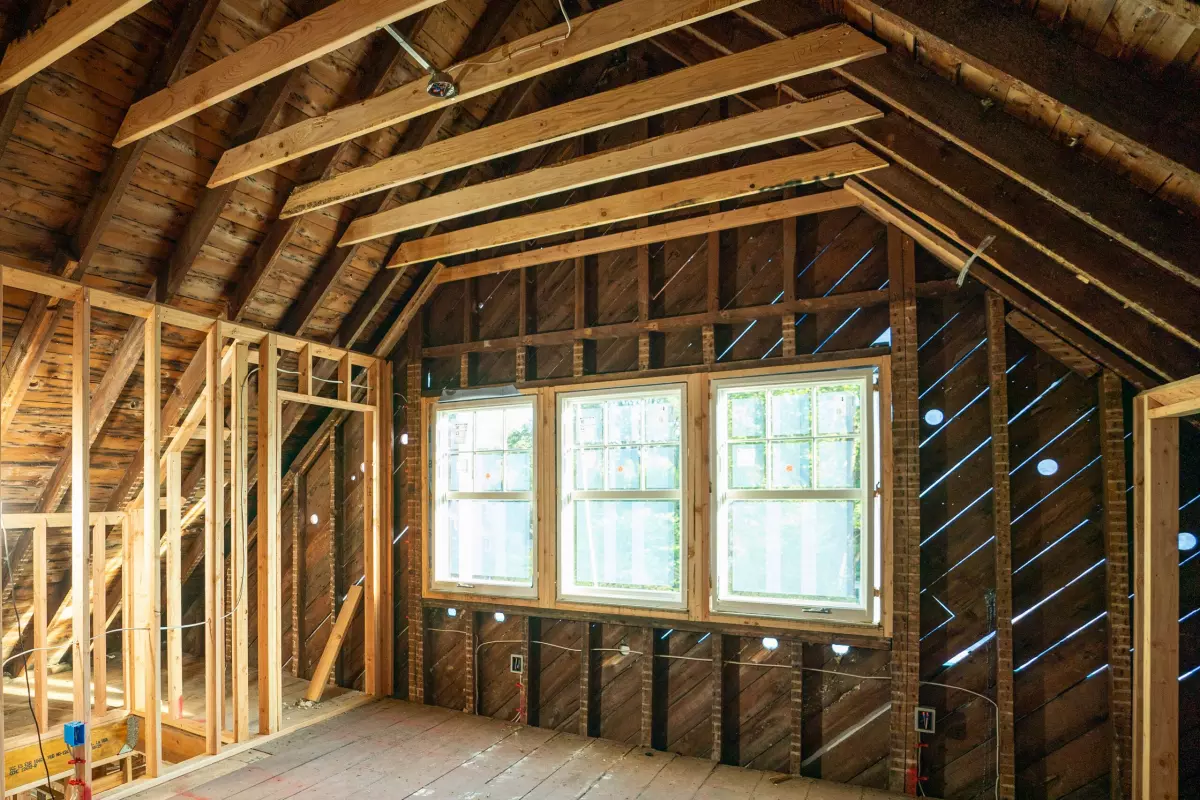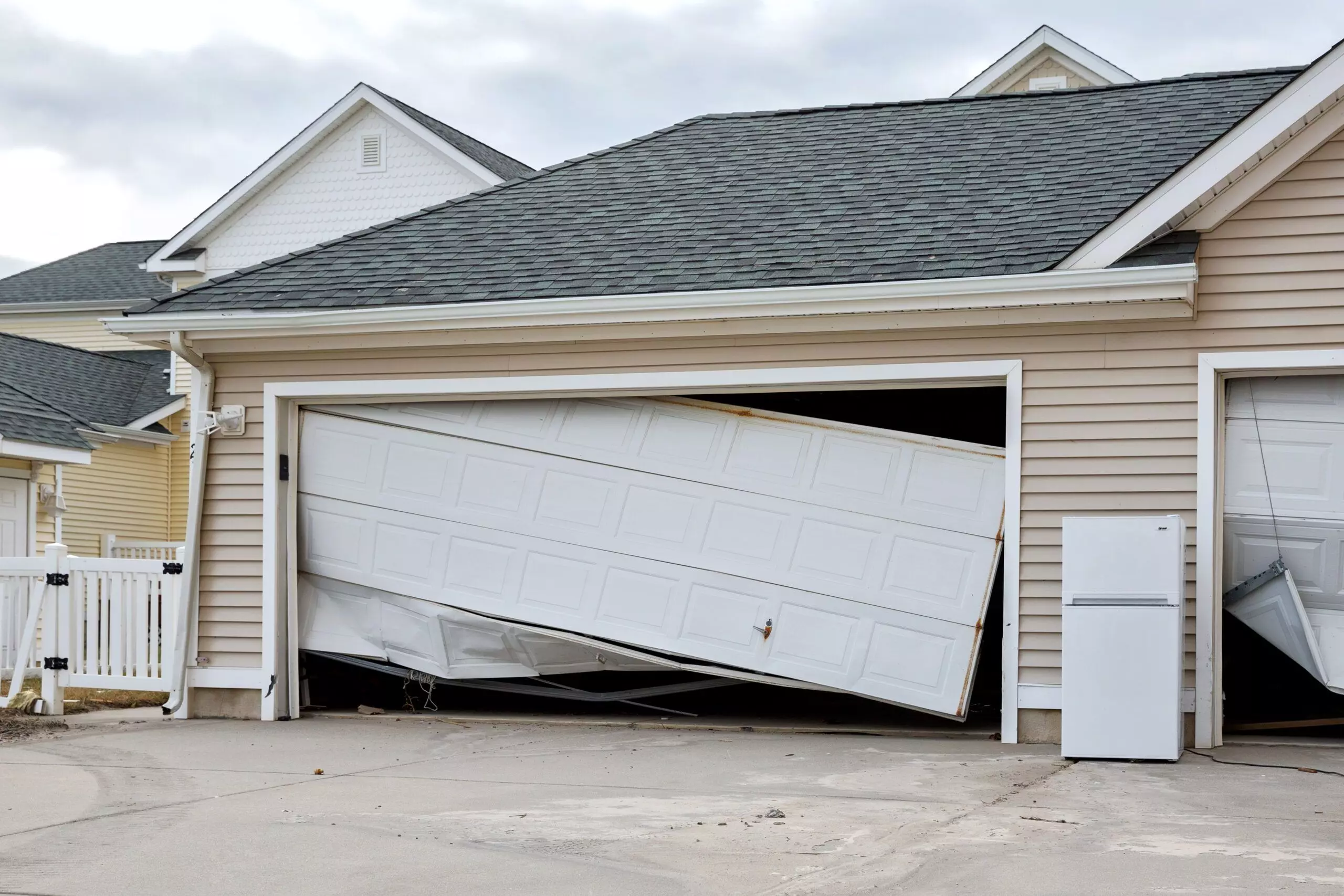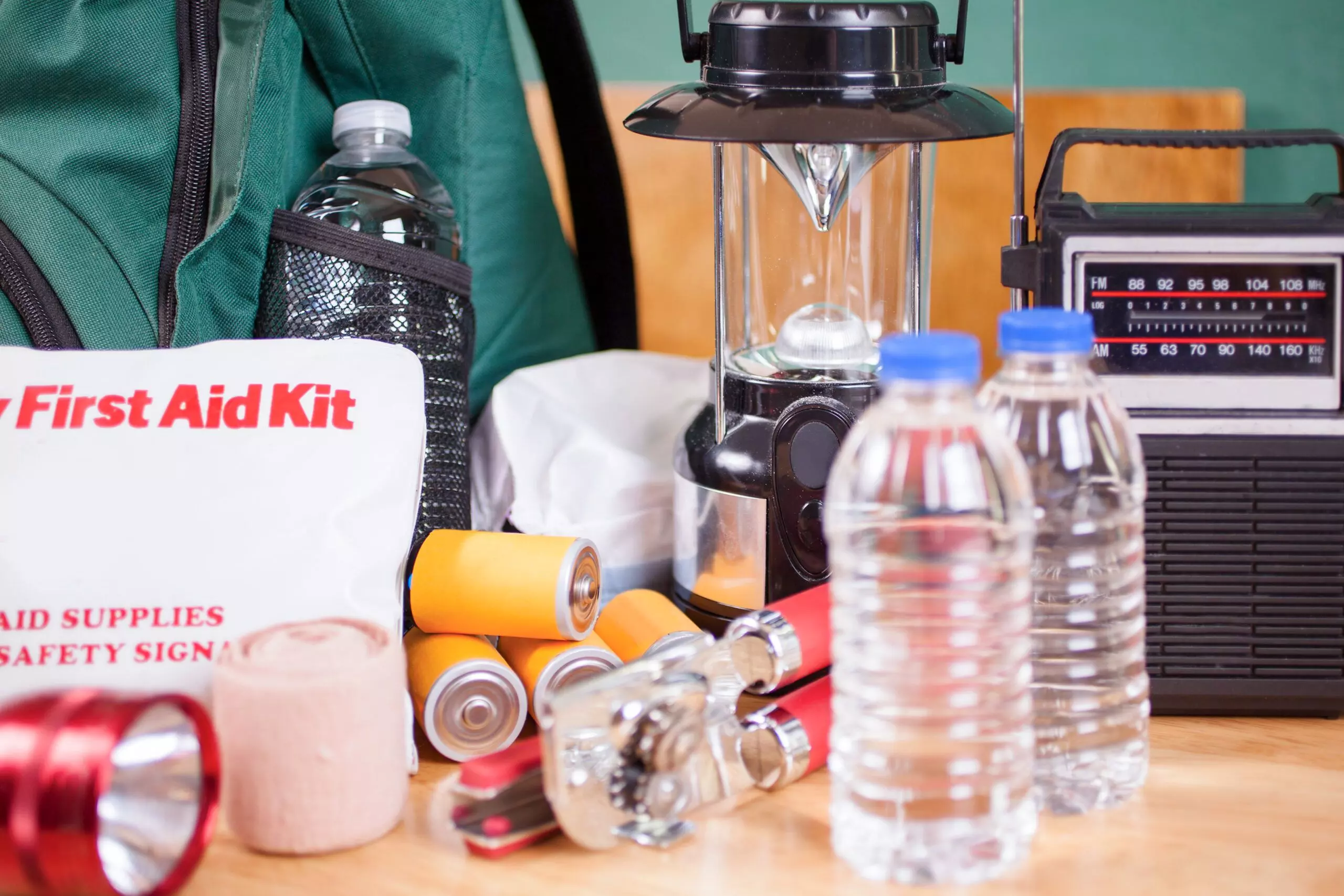During hurricane season, it's crucial to be prepared and protect your home from potential damage. While hurricanes can be devastating, there are steps you can take to increase your home's chances of surviving severe weather. In this article, we will provide you with valuable tips and expert advice on how to safeguard your home during a hurricane.
Hurricane Roof Protection
 Image: Zach Dilgard
Image: Zach Dilgard
One of the key areas to focus on is your roof. The powerful winds of a hurricane can create an upward force, known as wind uplift, that can cause shingles and other roofing materials to peel off. To strengthen your roof and prevent water infiltration, consider the following measures:
Install bracing
If you have a gable roof, which is more susceptible to wind uplift, you can strengthen it by bracing the end walls. In the attic, nail or screw a pair of 2x4s in an "X" pattern to fortify the vulnerable areas. Use wood screws or galvanized nails and reinforce the braces with steel straps.
Reinforce with adhesive
Apply a bead of construction adhesive along each rafter or truss where it meets the plywood roof sheathing. This simple step can significantly increase the roof's resistance to wind damage.
Strengthen with strapping
Install hurricane straps to tie the roof and walls together. While retrofitting them can be challenging, a skilled professional can ensure their proper installation. Attach a strap at each roof-to-wall connection for added security.
Upgrade with a permanent solution
For new construction or additions, build the roof according to wind-rating codes for your area. Use high-quality materials, such as impact-resistant architectural shingles, and ensure proper waterproofing. Glue down shingles near the roof's edges to further reinforce them.
Hurricane Window Protection
 Image: iStock
Image: iStock
Windows are vulnerable during a hurricane, potentially leading to internal pressurization and damage to your home. To protect your windows, consider the following options:
Install aluminum panels
Interlocking corrugated metal panels provide solid protection against debris and wind. However, they can be challenging to handle and time-consuming to install.
Add fabric shields
PVC-coated polyester fabric panels, meeting Florida Building Code standards, offer a balance between protection and convenience. They allow enough light in while providing adequate shielding.
Mount colonial shutters
These swing-out shutters combine protection, convenience, and architectural style. They can be closed securely from the inside, eliminating the need for exterior work on ladders. Keep in mind that they can be quite expensive.
Install roll-down shutters
Steel roll-down shutters retract into a housing when not in use. They can be operated manually or automatically and should be equipped with a battery backup. Professional installation can be costly but provides effective protection.
Upgrade with a permanent solution
Consider replacing your windows with impact-resistant models. These windows consist of a layer of plastic sandwiched between two pieces of glass. They offer superior strength and durability against high winds and flying debris.
Hurricane Protection for Garage & Entry Doors
 Image: iStock
Image: iStock
Garage doors and entry doors are often the first points of vulnerability during a hurricane. Strengthen them with these tips:
Add a removable bracing system
Temporary reinforcing posts can be installed to strengthen garage doors. These posts provide support against blow-in or pull-off during high winds.
Beef up door hardware
Upgrade the hardware on double-entry doors to enhance their strength. Replace hinge screws, install longer-throw deadbolts, and consider multiple-point locking systems.
Upgrade with a permanent solution
Replace garage doors with braced steel models that meet hurricane rating standards. Reinforced entry doors made of fiberglass, steel, or solid wood with impact glazing offer increased protection against severe weather.
Hurricane Protection for Trees
 Image: iStock
Image: iStock
Don't forget to consider the impact of trees during a hurricane. Proper tree maintenance can prevent damage to your home:
Prune and brace trees
Regular pruning helps trees withstand strong winds. Pay special attention to removing competing trunks and ensuring proper canopy density. Brace younger trees with nylon rope and rebar to protect against uprooting.
Upgrade with a permanent solution
When planting new trees, choose well-rooted varieties known for their wind tolerance. Proper planting techniques and avoiding planting large trees in constrained areas will reduce the risk of uprooting during a storm.
Hurricane Home Infrastructure Protection
Protecting your home's infrastructure and critical systems is essential. Consider the following steps:
Raise the HVAC
Elevate outdoor HVAC units on taller pads to protect them from potential flooding. This elevation can prevent damage and ensure their functionality during and after a hurricane event.
Survey electrical utilities
Regularly inspect electrical poles and lines to ensure proper tension and stability. Contact the utility company if you notice any issues with the lines connected to your home.
Perform regular inspections
Maintain your foundation by repairing cracks and applying a protective coat of paint. If you notice excessive cracking or shifting, consult a structural engineer to address any potential structural issues.
Hurricane Ground-Level Considerations
In addition to roofs, windows, and trees, there are ground-level items that require attention. Consider the following:
Install flood vents
If your home sits on a crawl space, install flood vents to equalize water pressure during flooding. These vents allow water to flow in and out, reducing the strain on the structure.
Swap out gravel
Replace loose gravel with safer materials like mulch or rubber mulch. This minimizes the risk of flying debris during high winds.
Drain the pool a bit
Lower the water level in your pool before a hurricane to prevent flooding and damage to surrounding plants and grass.
Tie down decor, accessories, and recreational vehicles
Secure patio furniture, boats, RVs, and other outdoor items that could become airborne in strong winds. Use straps or anchors to keep them in place and prevent damage to your home or surrounding areas.
Step Up on Hurricane Safety Gear
 Image: iStock
Image: iStock
Besides securing your home, it's crucial to prepare safety gear and emergency supplies:
Shelter in place in a safe spot
Follow the guidelines provided by FEMA to find the safest location within your home during a hurricane. Stay away from windows and doors and choose an interior room, like a windowless bathroom or closet.
Pack an emergency kit
Assemble essential supplies such as a cellphone, charger, flashlight, first-aid kit, and a multi-purpose tool. Have a to-go bag ready with important documents, cash, and other necessities in case you need to leave quickly.
Gather non-perishable food and water
Stock up on canned food and one gallon of water per person for three days. Transfer boxed food to plastic containers for added protection. Don't forget to prepare food and water for pets as well.
Power up
Consider investing in a portable generator or a solar generator with battery backup to ensure power supply during a blackout. An all-weather radio powered by hand crank allows you to receive continuous updates from NOAA Weather Radio.
By following these tips and investing in appropriate protection measures, you can greatly enhance your home's resilience during hurricane season. Stay safe and be prepared!

















